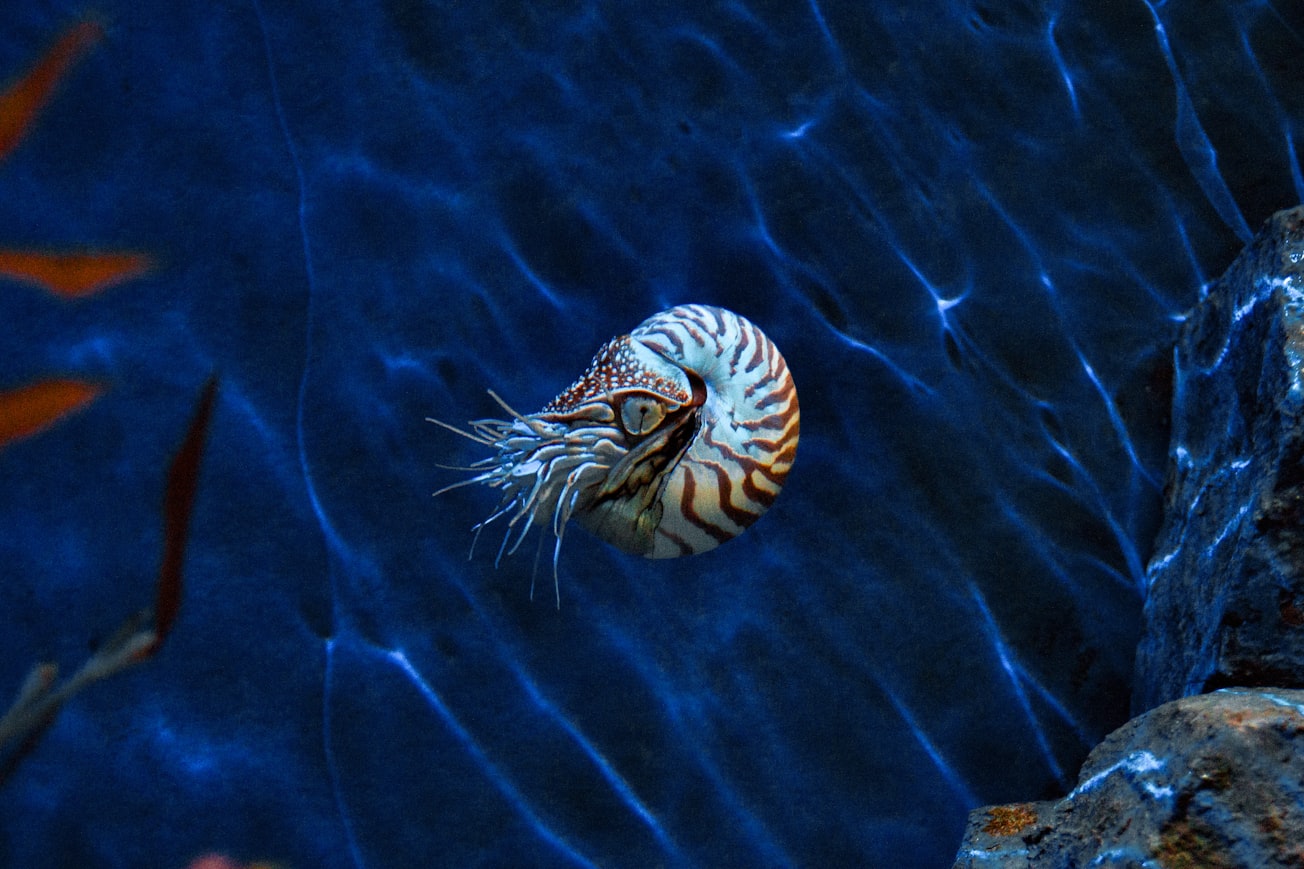What is it about?
We study the morphology of several species of the Cretaceous ammonite Aegocrioceras and related species. We find that their origin is hard to determine but that too many species within Aegocrioceras have been erected in the past. We simplify and unify the internal systematics of Aegocrioceras and speculate on evolutionary processes that influenced it.
Featured Image

Photo by Shaun Low on Unsplash
Why is it important?
Updating ammonite systematics is very important for biostratigraphy and this work will thus allow to erect more reliable biozones in the palaeo-record. Additionally, our analysis gives insights into the relative relevance of abiotic and biotic forcing in ammonite and cephalopod evolution.
Perspectives
From here, it will be possible to further update ammonite phylogeny and evolution in the future. The morphological analytical framework we developed will be applicable in biostratigraphy in the future,
Dr Manuel F. G. Weinkauf
Universite de Geneve
Read the Original
This page is a summary of: Evolutionary–phylogenetic pathway of the Cretaceous ammonite genus
Aegocrioceras
and its relationship to
Juddiceras
spp. and
Crioceratites
spp., Papers in Palaeontology, August 2021, Wiley,
DOI: 10.1002/spp2.1397.
You can read the full text:
Resources
Data from: Evolutionary–phylogenetic pathway of the Cretaceous ammonite genus Aegocrioceras and its relationship to Juddiceras spp. and Crioceratites spp.
The systematics of ammonoids are complicated by their large degree of intra-specific variation, which complicates a stable validation of species. Aegocrioceras is a heteromorph ammonite from the Lower Saxony Basin in the Hauterivian Boreal, and a prime example of a genus with an unstable internal systematic and external relationship to other ammonoids. Here, we use quantitative morphometrics on Aegocrioceras species from an assemblage collected in the clay pit Resse (north-west Germany) to evaluate the systematics and phylogeny of this Cretaceous genus. We simplify the systematic of the genus into the three entities A. bicarinatum [m]/A. semicinctum [M] complex (which potentially contains A. quadratum as well), A. raricostatum and A. spathi. The most likely phylogeny coincides very well with the stratigraphic record of the species and implies anagenetic adaptations in A. raricostatum and A. spathi after the origin of the species. Aegocrioceras most likely derived from warm-water adapted Tethyan Crioceratites species, and Boreal Crioceratites are potentially warm-water adapted descendants of the cold-water adapted Aegocrioceras but may alternatively represent renewed Tethyan invasions. Our data imply that Aegocrioceras’ success against incumbent ammonites in the Boreal was rooted in abiotic change (Court Jester) processes due to its high adaptability, while selection within the Aegocrioceras clade was more likely based on biotic interaction (Red Queen) processes.
Electronic supplements to: ‘Evolutionary–phylogenetic pathway of the Cretaceous ammonite genus Aegocrioceras and its relationship to Juddiceras spp. and Crioceratites spp.’
The systematics of ammonoids are complicated by their large degree of intra-specific variation, which complicates a stable validation of species. Aegocrioceras is a heteromorph ammonite from the Lower Saxony Basin in the Hauterivian Boreal, and a prime example of a genus with an unstable internal systematic and external relationship to other ammonoids. Here, we use quantitative morphometrics on Aegocrioceras species from an assemblage collected in the clay pit Resse (north-west Germany) to evaluate the systematics and phylogeny of this Cretaceous genus. We simplify the systematic of the genus into the three entities A. bicarinatum [m]/A. semicinctum [M] complex (which potentially contains A. quadratum as well), A. raricostatum and A. spathi. The most likely phylogeny coincides very well with the stratigraphic record of the species and implies anagenetic adaptations in A. raricostatum and A. spathi after the origin of the species. Aegocrioceras most likely derived from warm-water adapted Tethyan Crioceratites species, and Boreal Crioceratites are potentially warm-water adapted descendants of the cold-water adapted Aegocrioceras but may alternatively represent renewed Tethyan invasions. Our data imply that Aegocrioceras' success against incumbent ammonites in the Boreal was rooted in abiotic change (Court Jester) processes due to its high adaptability, while selection within the Aegocrioceras clade was more likely based on biotic interaction (Red Queen) processes.
Contributors
The following have contributed to this page







